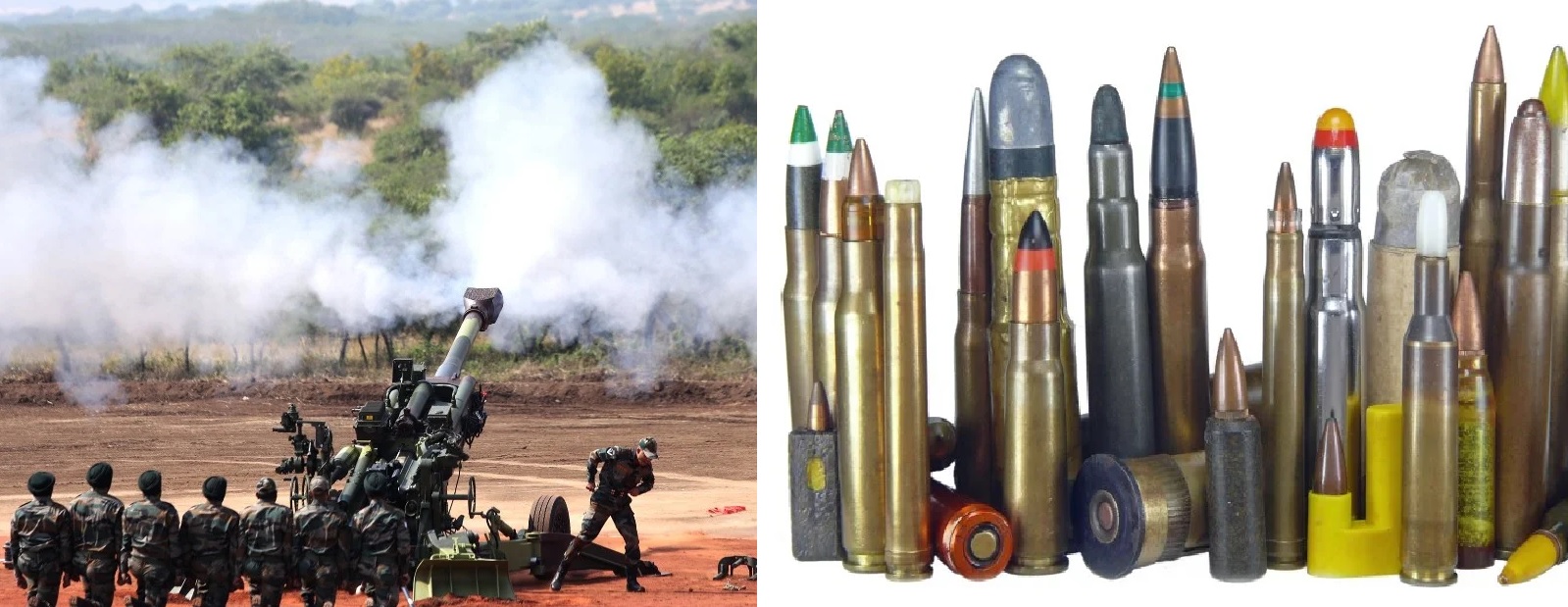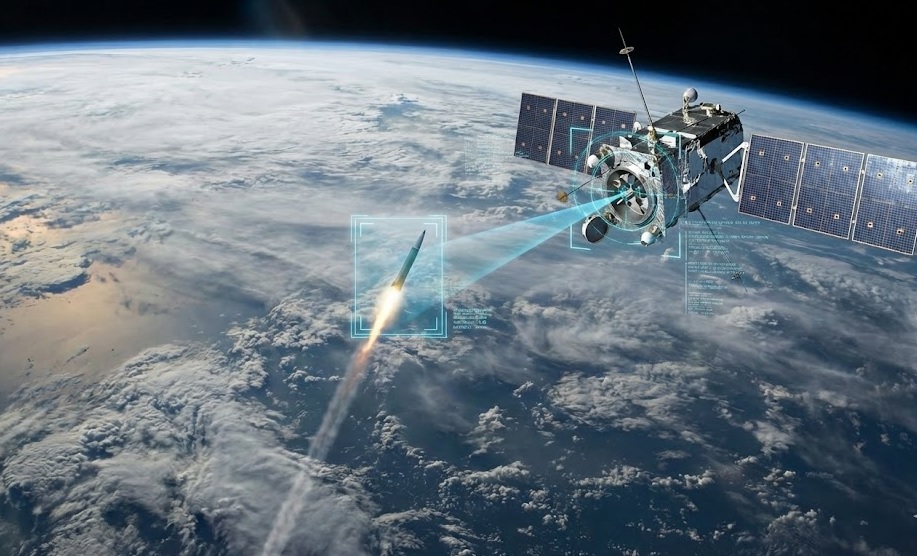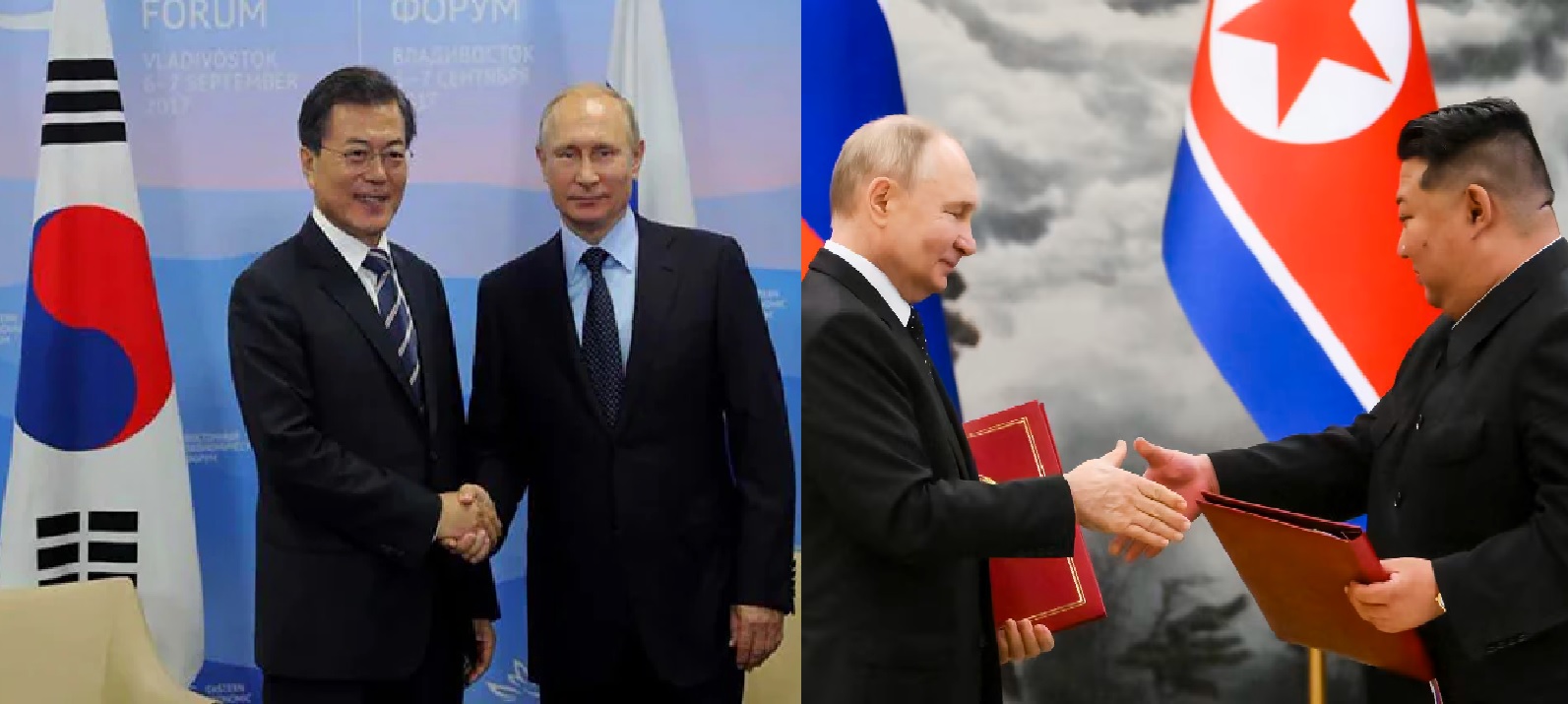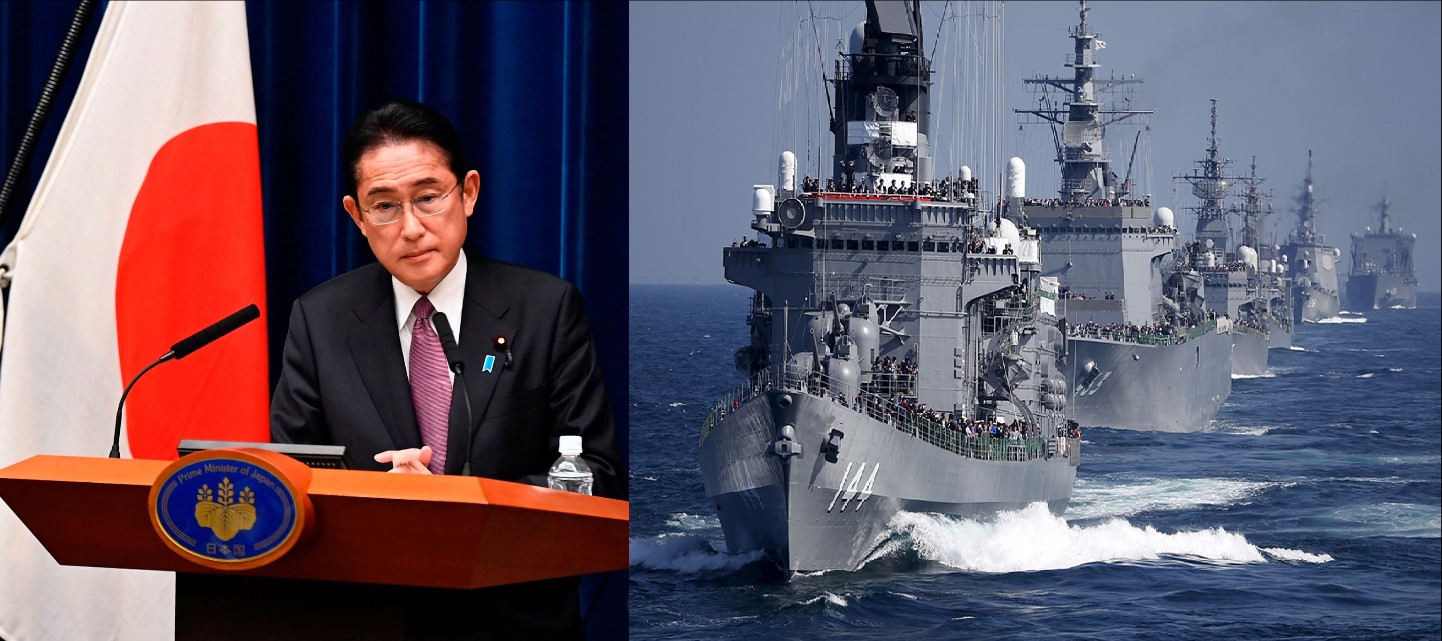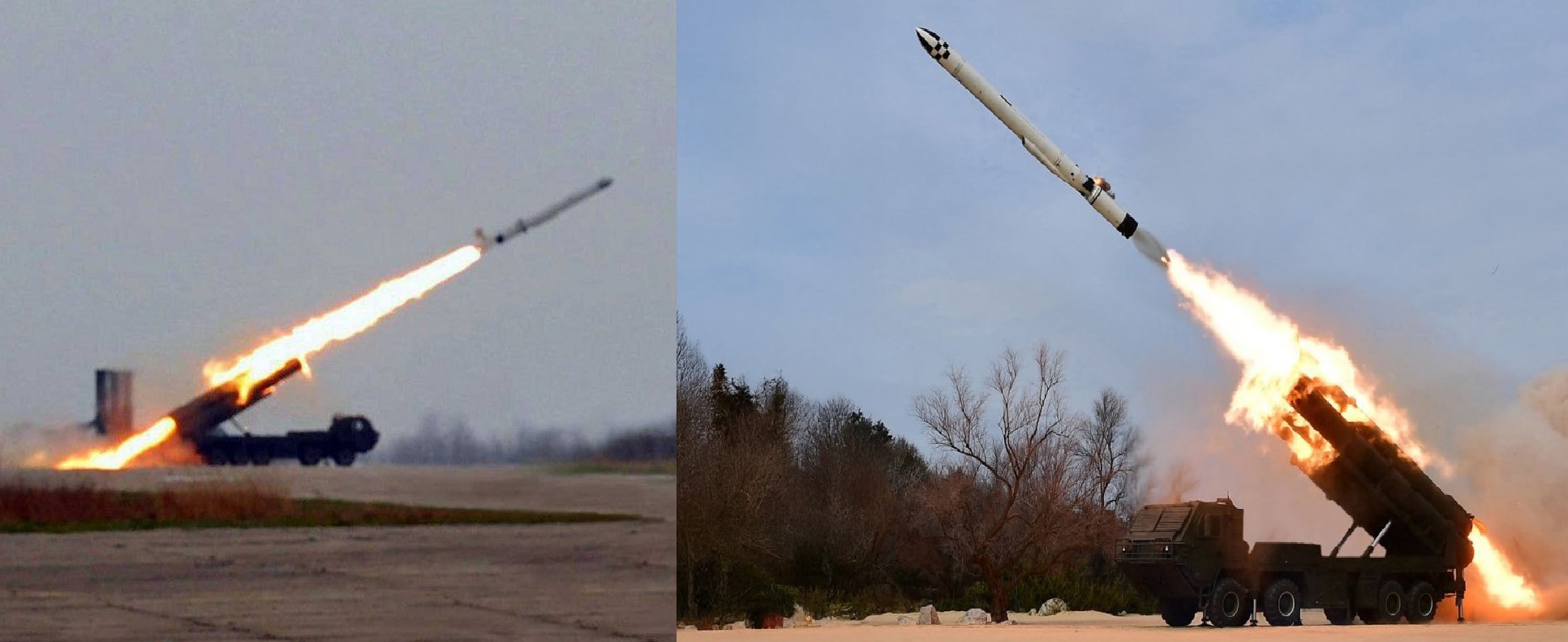India Seals ₹34,500 Crore Deal with the U.S. for 31 Predator Drones, Expanding Defence Capabilities

India and the United States have formalized a significant defense agreement, worth ₹34,500 crore (approximately $4 billion), to acquire 31 MQ-9B Predator drones for the Indian armed forces. This deal marks another step in deepening defense cooperation between the two countries, aiming to strengthen India’s surveillance and combat capabilities, particularly along sensitive borders like the one shared with China.
The MQ-9B Predator drones, manufactured by General Atomics, are highly advanced long-endurance unmanned aerial vehicles (UAVs). They have already demonstrated their combat effectiveness in several high-profile operations, most notably the elimination of al-Qaeda leader Ayman al-Zawahiri in Kabul. These drones, capable of flying for over 35 hours, can carry up to four Hellfire missiles and approximately 450 kg of bombs. Their versatility extends beyond just surveillance, making them a potent tool for both intelligence gathering and strike missions.
Under the terms of the deal, 15 drones will be assigned to the Indian Navy, and 8 each to the Indian Air Force and Army. This distribution is designed to enhance India’s maritime and land-based surveillance, providing real-time data to decision-makers on potential threats along its vast coastline and borders. The drones are expected to be a key asset in countering China's growing influence in the Indian Ocean and along the disputed border in the northern region.
In addition to the procurement of the drones, the deal includes the establishment of a maintenance, repair, and overhaul (MRO) facility in India. This will not only ensure the continued operational readiness of the drones but also bolster India's growing defense manufacturing sector. General Atomics, in partnership with Bharat Forge, has committed to producing UAV components locally, with the MRO facility poised to become a global hub for servicing drones. This strategic move is likely to reduce dependency on foreign maintenance and enhance India’s self-reliance in defense technology.
The agreement has been in the works for some time, with final approval secured earlier this year during a Defense Acquisition Council meeting. The Cabinet Committee on Security (CCS) gave its nod just ahead of the October 31 deadline set by the U.S. The signing of the deal was witnessed by key defense officials, including Vivek Lall, CEO of General Atomics Global Corporation, who played a pivotal role in the negotiations.
These drones represent the latest technology in long-range UAVs. The MQ-9B Reaper, which these drones are modeled after, boasts a maximum altitude of around 50,000 feet and is equipped with advanced radar systems, sensors, and the ability to carry various munitions, making it both a reconnaissance and strike asset. The drones are set to be stationed at key strategic bases, including INS Rajali near Chennai, Porbandar in Gujarat, and military airbases in Sarsawa and Gorakhpur.
The addition of these high-altitude UAVs is seen as a game-changer for India's defense strategy. They will significantly enhance India's capacity to monitor large swathes of the Indian Ocean Region, especially amid the growing presence of Chinese naval forces. Similarly, along the northern borders, these drones will improve India's surveillance capabilities and offer a more dynamic response to cross-border threats.
There are also indications that the two countries may work towards a technology transfer agreement, potentially allowing India to develop its own combat drones in the future. General Atomics has already committed to providing consultancy for India’s drone development programs, marking a deeper level of collaboration in high-tech defense projects.
This massive deal not only adds a formidable asset to India’s defense arsenal but also strengthens the strategic partnership between India and the U.S., particularly in the defense and technology sectors. As both countries continue to navigate shifting geopolitical landscapes, such collaborations are likely to play a key role in shaping regional and global security dynamics.
✍️ This article is written by the team of The Defense News.

